Common (or black) alder (CAR)
Common alder is a short-lived fast-growing tree that grows naturally throughout Britain. It thrives in the wetter areas of the north and west but grows wherever there is ample year-round water. Wet woodlands dominated by common alder are also known as ‘alder-carr.’ Although coppiced in the past for turnery and charcoal – the preferred charcoal for gunpowder production – common alder does not presently have a significant role in productive forestry but is commonly planted as part of establishing native woodlands.
A warming climate and changes in water availability may see its northerly range extend and contract in the south.
Common alder is native to Britain and considered a Principal tree species. These are species where silvicultural knowledge provides confidence to enable successful deployment across Britain. The species are either already widely used or are increasing in usage. They will continue to be important unless affected by a new pest or disease or become adversely affected by climate change.
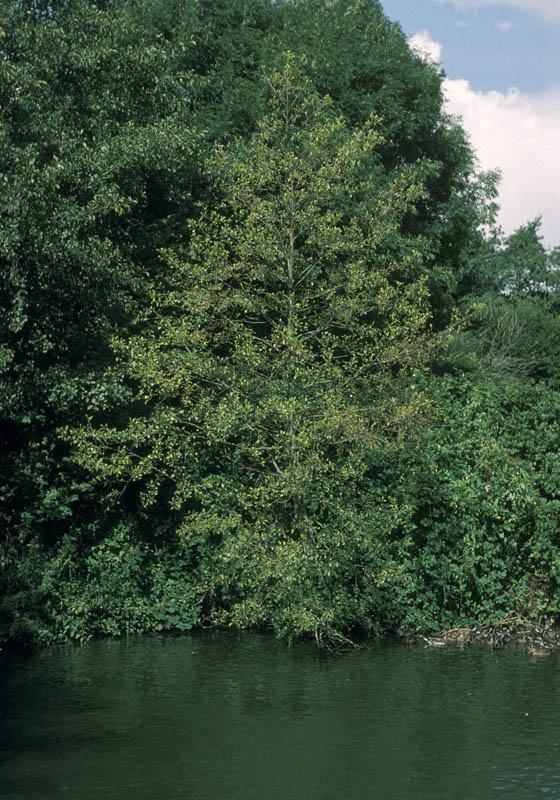
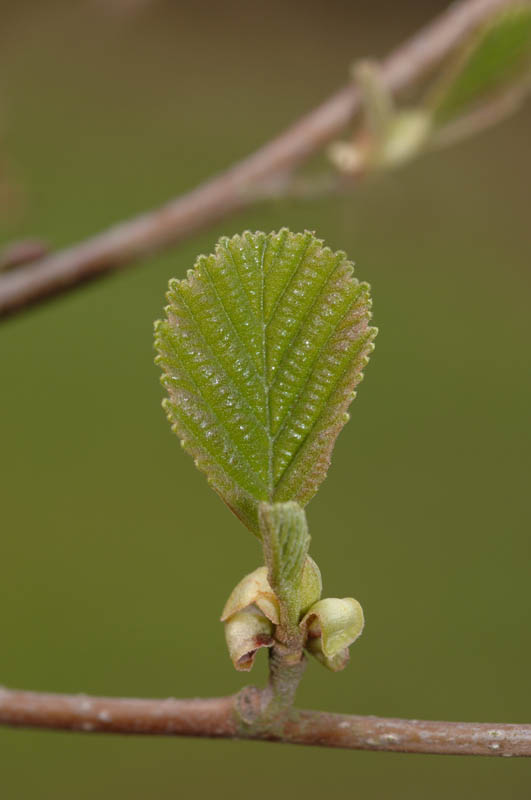
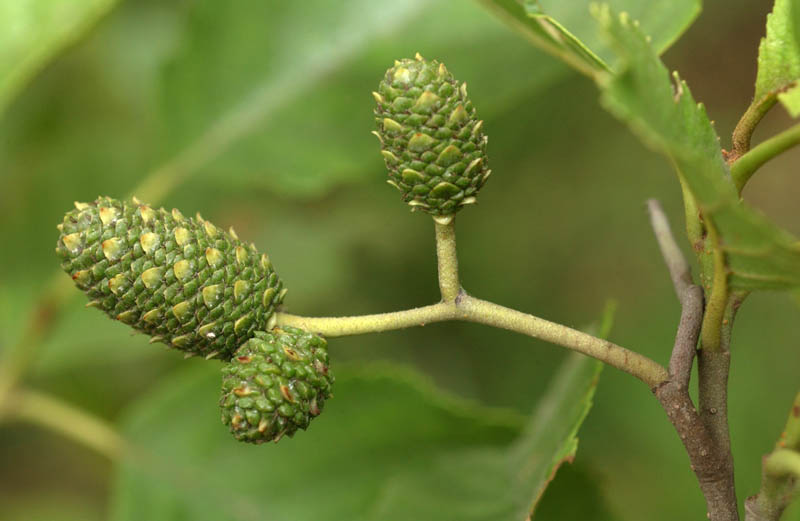
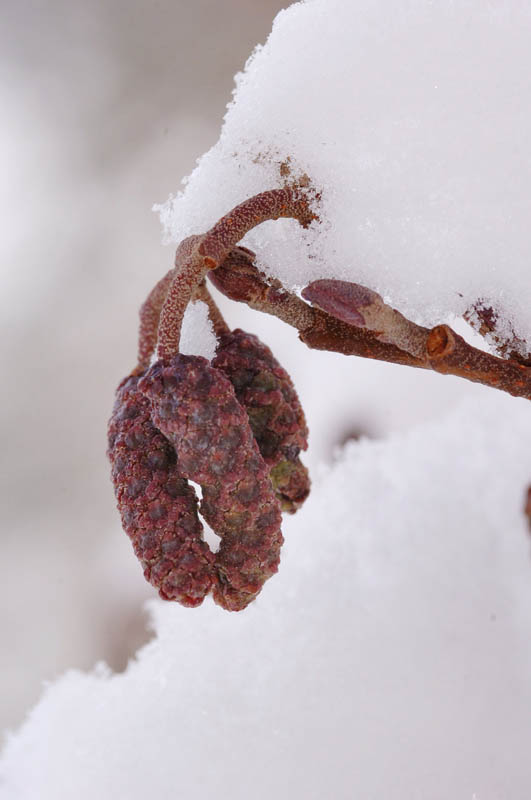
Range
Native to all parts of the British Isles mainland Europe southern Siberia and east to Siberia.
Provenance Choice
Little known about provenance differences so seed from good quality British stands should be preferred.
Key Properties
Site Requirements
A light demanding pioneer species characteristic of wet areas, stream sides and riparian zones. Cold hardy and frost resistant, but not tolerant of exposure. Common alder requires sites with a high, but not stagnant, water table, with a medium to rich nutrient supply, and pH values above 4 but not on calcareous soils. This species grows best on deep loams and alluvial soils, but is remarkably tolerant of wet soil conditions. Within Britain it is restricted to altitudes below 500 m.
Further detail on the site requirements of common alder in current and future climates can be examined using the Forest Research Ecological Site Classification Decision Support System (ESC).
ECOLOGICAL SITE CLASSIFICATION TOOL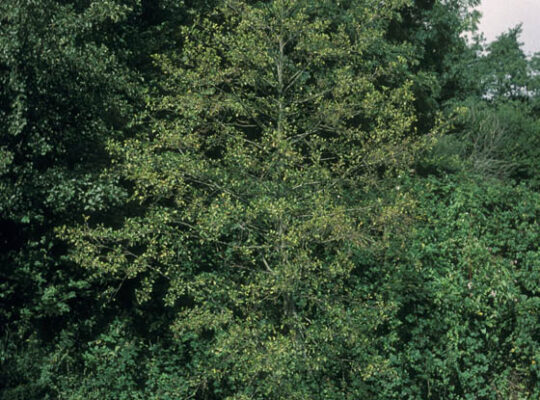
Silviculture
Common alder is a moderately fast-growing native hardwood sometimes achieving Yield Class 12. An excellent nurse species of oak when planted on wetter soils. Common alder has been used as a nurse in upland establishment of fast-growing conifers, but caution is required as it can be a vigorous competitor in early years.
Unlike some other alder species, common alder coppices well and appears tolerant of browsing by rabbits and hares. Common alder is a pioneer species producing seed regularly and profuse regeneration if the conditions are suitable particularly on exposed mineral soils. Newly emerged seedlings can grow very quickly but they are very sensitive to drought. A short-lived tree attaining full development in 30 – 40 years and rarely growing beyond 60 years.
As a pioneer species common alder has a place in land restoration such as former colliery spoil heaps, opencast mining areas etc., owing, in part, to its nitrogen fixing capability, and is currently used along with willows for riparian planting in ‘slow the flow’ programmes to mitigate flood risk.
Pests and Pathogens
Phytophthora alni is the most significant pathogen of common alder, causing mortality or chronic dieback. The only other pathogens reported with any frequency include root rot fungi and some fungal foliar pathogens such as Melampsoridium, Taphrina and the shoot fungus Melanconium.
Common alder suffers less browsing than some native broadleaves.
See our other tools and resources
Further Resources
External
In addition to the general sources of information for species the following are useful for common alder.
Evans, J. (1984) Silviculture of Broadleaved Woodland. Forestry Commission Bulletin 62. HMSO, London
Harmer, R., Kerr, G. and Thompson, R. (2010) Managing Native Broadleaved Woodland. Forestry Commission. Chetham House. SK3 0ZP.
Houston Durrant, T., de Rigo, D., Caudullo, G., (2016). Alnus glutinosa in Europe: distribution, habitat, usage, and threats. In: San-Miguel-Ayanz, J., de Rigo, D., Caudullo, G., Houston Durrant, T., Mauri, A. (Eds.), European Atlas of Forest Tree Species. Publ. Off. EU, Luxembourg, pp. e01f3c0+. Alnus_glutinosa.pdf (europa.eu)
Matthews, J. D. (1963) The silviculture of alders in Great Britain. Oxford Forestry Institute Occasional Papers 34: 29-38.
Willoughby, I.H., Jinks R.L. and Forster, J. (2019). Direct seeding of birch, rowan and alder can be a viable technique for the restoration of upland native woodland in the UK. Forestry, 92(3): 324-338.
Wood, P. (2009) Growing alder as a sustainable fuelwood supply. Quarterly Journal of Forestry. 103(2): 121-123




